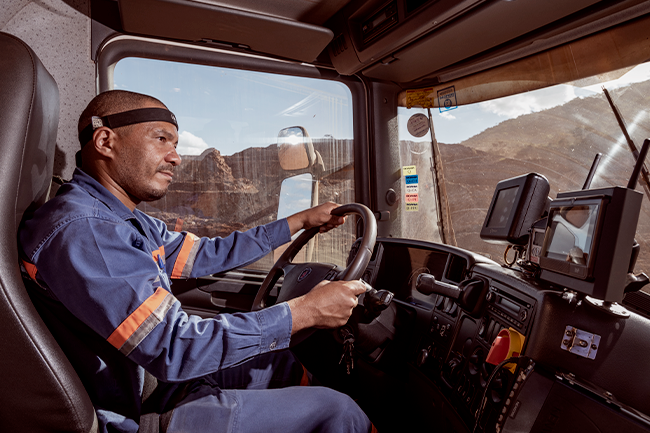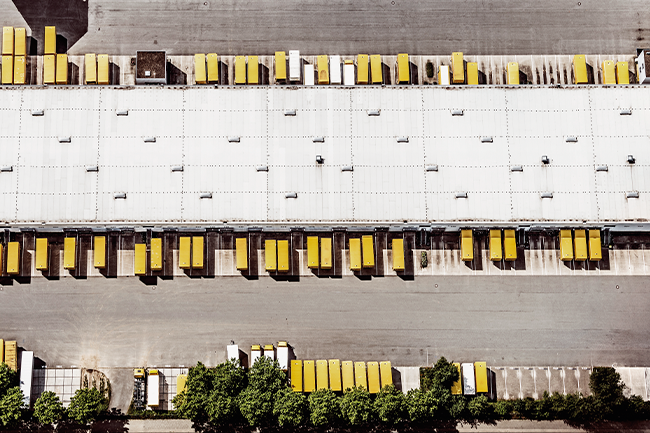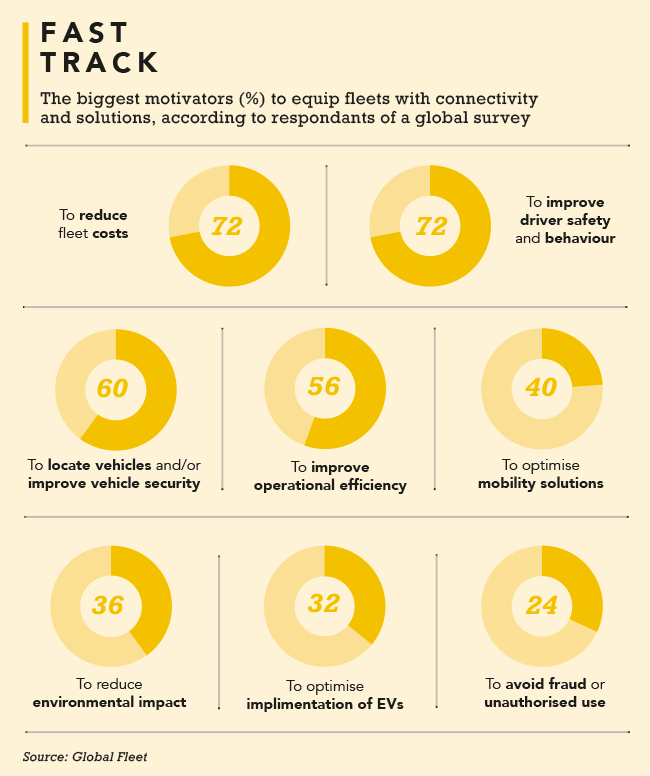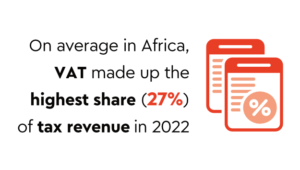In what condition are Africa’s roads? Consider these facts: Tralac states that just 0.8 million km of the total 2.8 million km road network in sub-Saharan Africa is paved, and of those paved roads, only half are considered to be in a ‘good condition’; the World Bank, in 2017, estimated that US$200 billion of the continent’s trade is via network corridors that link sea ports to economic hubs; and, says the AfDB, 80% of Africa’s freight is transported by road.
There are hundreds of such facts, and all contribute to a growing and endless list of concerns about the cost implications for the road-freight industry. This is by no means the only challenge the sector faces currently. There is also the issue of security; fluctuating fuel costs; safety on the roads; climate change; evolving customer demands; rigorous business processes; and stringent government regulations. Yet there is, loosely speaking, one broad solution to help address many of these issues – digital technology.
In the past decade there has been a huge surge in automated-trucking technologies. Among them blind-spot detection and turn assist; collision-warning systems; driver monitoring; traffic-sign recognition; adaptive cruise control; emergency-braking systems, lane-keep assist; highway assist; and even fully autonomous trucking.
To give some idea of just how far and fast tech has transformed the trucking industry, you need only look at fleet telematics that use GPS to track freight vehicles. In a basic form it was largely adopted in the mid-1990s, but today does far more than simply track a vehicle. It helps, for example, with routing, provides secure geofencing zone information, determines fuel-efficiency use and monitors driver behaviour. The point is that just when you think your fleet is up to par with state-of-the-art tech, everything changes – and so too do the risks.
‘Operational risk is a key concern for fleet operators in Africa,’ says Henry Smith, sales director of fleet, at MiX Telematics Africa, a leading global provider of fleet and mobile asset-management solutions. ‘It not only affects the assets but also the drivers. And all have cost implications, which along with security are the biggest challenges on our roads. ‘It is key to ensure that utilisation of both vehicle and human resource assets are performed in a manner that yields a return on investment, and the only way that this can be effectively managed today is through technology. It offers real-time actionable insights that allow operators to deal with challenges they face both operationally and on the road.’
Given the uniformity of the unique challenges in Africa, Smith highlights that the telematics space for the continent requires constant innovation, ‘and that innovation can come from anywhere; with South Africa currently seen as Africa’s leader in this space’. MiX Telematics is one of those leaders, with its solutions already in use right across Africa, led by Nigeria in West Africa, Kenya in the east, and South Africa within SADC. These solutions can be bespoke or standalone, app-based on existing smart devices, or through fixed installed devices.
MiX Journey Management is a popular choice because it is the first journey risk-management system to be integrated into a premium fleet solution, making it a unique and valuable offering. ‘It ensures that vehicles are operating within the areas they should, and with the addition of the MiX Track and React 24/7 bureau service, predetermined driving criteria such as route, drive time and speed adherence can be monitored in real-time,’ says Smith. ‘Dashcams with artificial intelligence and video telematics are used to manage driver fatigue [and] at-risk operators and present video evidence of incidents or circumstances that red-flag risks. Overall such systems enhance the security around fleet assets, which is of particular concern given how the pandemic and lockdowns have heightened vulnerabilities, and the need for real-time data.’

Last year, Minister of Police Bheki Cele noted a 31.7% increase in truck hijackings. Further reports from EWN highlighted that 1 202 truck-hijacking crimes were recorded between April 2020 and March 2021. Hijacking is also a problem in mining environments such as Zambia and the DRC, from where copper – about 10% of a global supply estimated at 24 million tons – is transported by road to ports across Southern Africa. Between January and May this year, 66 trucks were robbed, with copper thefts worth some US$21 million.
This has manifested in a change in how valuable minerals are transported, with helicopters now being favoured for gemstones, for example. Yet there are tracking devices for on-the-road transporters that feature multiple sensor readings that increase visibility and mitigate risks. Geofencing alerts ensure trailers are where they are supposed to be, and motion- and night-vision detectors send alerts to fleet managers when a driver leaves a load unattended.
‘Operators need to know where their assets are at all times and, most importantly, how they are being utilised,’ says Smith. ‘The next generation of video telematics utilising AI takes driver-behaviour monitoring to a new level when used with a fully integrated telematics solution. We have introduced technology that detects risky driving behaviour, including distracted driving – such as a driver’s use of a mobile phone; fatigue; seatbelt usage; un-signalled lane departure; unsafe following distances and advanced warning of an imminent forward collision.’
Advanced systems such as these seek to address cost challenges, and although it is difficult to quantify, Smith provides MiX Telematics figures. ‘Typically the return-on-investment ratio is 10:1 with the combined use of AI dashcams and vehicle telematics. We have determined that fuel savings are 15% and higher; 20% saved in maintenance costs; 96% reduction in accidents; and a 25% improvement in productivity,’ he says. ‘Telematics systems also realise a potential 25% reduction in insurance premiums.’
Another cost saving comes from vehicle manufacturers that are also installing, as standard fitment, their own telematics solutions. One example is Hino-Connect, which provides positional data for tracking, recovery and distance travelled; vehicle performance; and fault reporting.
While the largest concentration of digital adoption may appear to be linked to the assets, there is also a rapid increase in technology in Africa that improves service. Kenya is emerging as an innovator in this area, with the introduction of Lori, which uses a cloud-based platform to connect drivers with businesses wanting to move cargo, and another recent and very promising start-up development, OkHi. This is a digital, smart-addressing system, which – for those living in remote areas – solves the challenge of not having a physical address by providing mapped co-ordinates and a picture of the resident’s home. OkHi has enabled courier services to accurately deliver (particularly) online orders and has reduced delivery time by up to 50%, say OkHi’s founders.
The system is also being rolled out in Nigeria where, it has been claimed, last-mile couriers frequently find themselves lost and need to call their customers more than three times to find their address. Nigeria is also advancing with the introduction of Kobo360, a digital third-party logistics platform that enables the development of an efficient supply chain for end-to-end long-haul freight operations. It connects and supports cargo owners, truck drivers and owners, and the end recipient, allowing for goods to be collected and delivered to a location with ‘unprecedented efficiency and cost reductions in the supply chain’, says the company.
Similarly, TruKKer is another solution, widely in use across the MENA region. It is the Arabian Peninsula’s answer to providing an efficient digital freight network that operates somewhat like a marketplace used to search for and book loads. It has been described as an ‘Uber for trucks’ and uses blockchain technology to ‘harness the power of big data to solve critical issues of performance and reliability in this industry’, says founder and CEO Gaurav Biswas.
Digital solutions that make transport more efficient and transparent actually have a far greater role in that they support the African Continental Free Trade Area objective to create a single market for goods. There are opportunities for tech start-ups to power trade and e-commerce, with developments that will assist governments to register, track and automate border crossings for freight carriers, and provide them with improved visibility in free-trade areas. Another potential exists for tech that compiles data on the movement of goods and collection of duty for goods.
In the meantime, it remains that technology alone will not fix Africa’s road-freight problems, with poor infrastructure adding anywhere between 40% and 60% to the cost of logistics, according to the IFC. The new generation of trucking tech, however, does hold the power to transform supply chains and, with it, hopefully at least reduce transport prices for consumers and end-users.


















